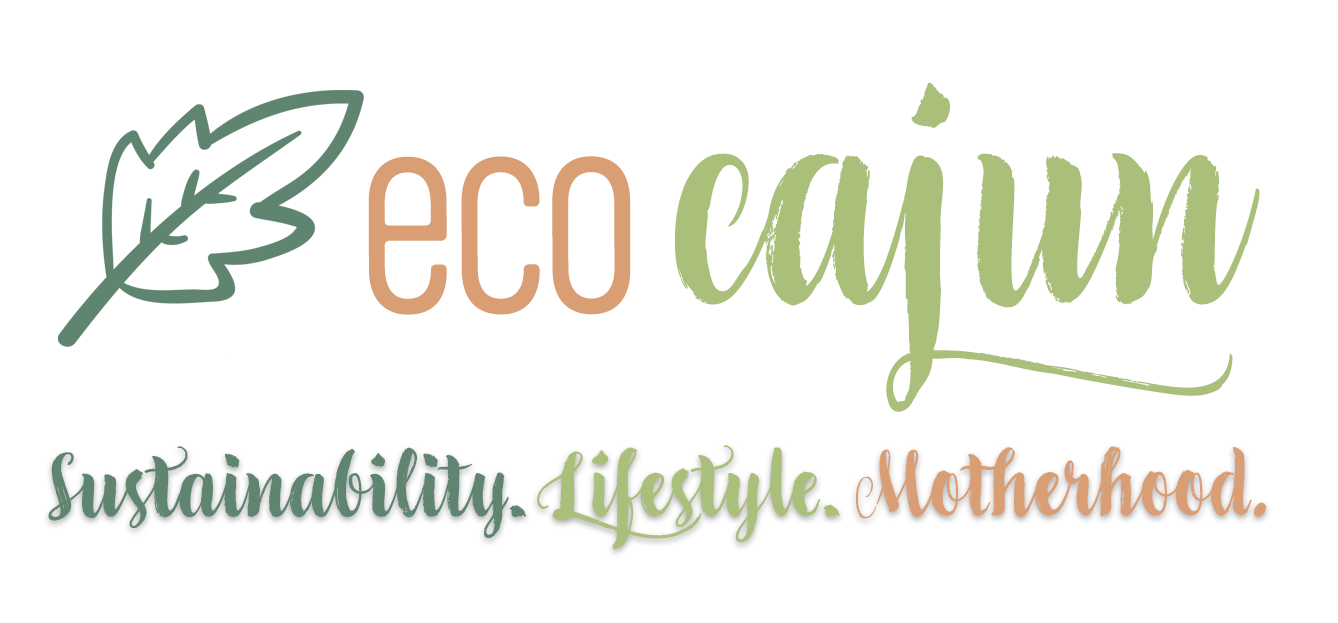But there are restrictions on the kinds of plastic that can be recycled through your city, and each city has different guidelines. And they're based on the numbers printed inside the recycling symbol.
Let's take a refresher course on what each number means! Typically, the lower the number, the more widespread the recyclability. Back in the 90s, it was not common to be able to recycle a #7, but now most are accepted.
The big exception is styrofoam. Although it may be labeled a #5 or #6, it is not accepted in curbside pickup, because fewer facilities actually recycle the material. (Eco Cajun PSA: Skip the styrofoam!)
The last edition of Lafayette's PRIDE Guide clarifies that Lafayette accepts containers with numbers 1 through 7 inside of the triangular shaped recycling symbol. Rinse plastics before putting in the cart. Examples include food and drink containers, bleach and detergent bottles, shampoo bottles, soft drink and water bottles. NO PLASTIC BAGS (even those with the recycling symbol), Styrofoam, plastic packaging or plastic wrap, six-pack rings, or petroleum product bottles (motor oil, brake fluid, etc.)
#1 plastics are made with PET or PETE, (polyethylene terephthalate) and are found in most household plastics, like:
- Soft drink and water bottles
- Peanut butter jars
- Mouthwash bottles
- Salad dressing and condiment bottles
- Frozen food trays
These plastics are widely accepted in recycling programs. Take any lids or caps off and rinse the bottles first. Lids and caps are not recyclable.
In addition to being recycled for another generation of plastic container, this kind of plastic can be recycled into fabric for umbrellas, bags or even t-shirts (super soft ones at that)!
- Milk jugs
- Large juice bottles
- Bleach and household cleaner bottles
- Shampoo bottles
- Some trash and plastic bags
- Yogurt containers
- Cereal box liners
These items are generally accepted in curbside recycling programs, but remember to take any lids or caps off. And in Lafayette, plastic bags are NOT accepted in any recycling bin. (Reuse or recycle them separately; see this old Eco Cajun post for more details.)
HDPE can be recycled into new containers, pens, floor tile, drainage pipe, benches (I'll have a post soon featuring Project Front Yards bags-to-benches school project!), picnic tables and fencing.
#3 plastics include vinyl and polyvinyl chloride (your favorite PVC). A strong material for outdoor uses, it can be found in:
- Cooking oil bottles
- Clear food packaging
- Medical equipment
- Home siding
- Windows
#3 plastics are accepted in Lafayette's curbside bins, but make sure containers are rinsed well. PVC is not widely recycled, but if it is, it can be used in decks, paneling, cables, speed bumps or mats. And a safety note, because PVC contains chlorine, it's harmful to cook with and dangerous to burn.
#4 plastics are low-density polyethylene (LDPE) and are found in:
- Squeeze bottles
- Bread, frozen food, dry cleaning and shopping bags
- Clothing
- Furniture
- Carpet
Again, plastic bags are not accepted for recycling curbside, so bring them to a dedicated collection bin, or reuse them around the house. Lafayette does accept #4 plastics curbside. LDPE can be recycled into trash can liners, compost bins, shipping envelopes, lumber or floor tile.
#5 plastics are made of polypropylene and can withstand very high temperatures. They can be found in:
- Some yogurt containers
- Syrup bottles
- Medicine bottles
- Bottle caps
- Straws
- Plastic lunch meat containers
Obviously, straws don't have recycling numbers on them, but they can be recycled. And always rinse containers first. Recycled polypropylene can become signal lights, battery cables, landscape borders, bicycle racks, pallets and trays.
Ah, #6 plastics, also known as polystyrene. You can find it in:
- Disposable cups and plates
- Meat trays at the grocery store
- Egg cartons
- Restaurant to-go containers
- CD jewel cases
- Aspirin bottles
Aspirin bottles can be recycled curbside, but CD jewel cases are less likely to be accepted. Other typical "foam" products are not recyclable curbside, even though they are labeled. Earth911 shares how expanded polystyrene can be recycled or reused.
Recycled polystyrene is used to make the same items it was before.
Saving the best for last, #7 plastics are "miscellaneous" that don't fit into the other six categories.
- Polyactide is a plastic made from plant materials and is compostable.
- Polycarbonate is a hard plastic that can leach toxic materials, and it's found in eyeglass lenses, outdoor yard signs and many electronic components.
Some cities accept #7 plastics curbside if it's labeled.
If you have any doubts that your city accepts an item through the curbside bin, call your city government to ask!
Most information comes from Good Housekeeping.
Find more information on the plastic number codes from Webstaurant Store.













No comments